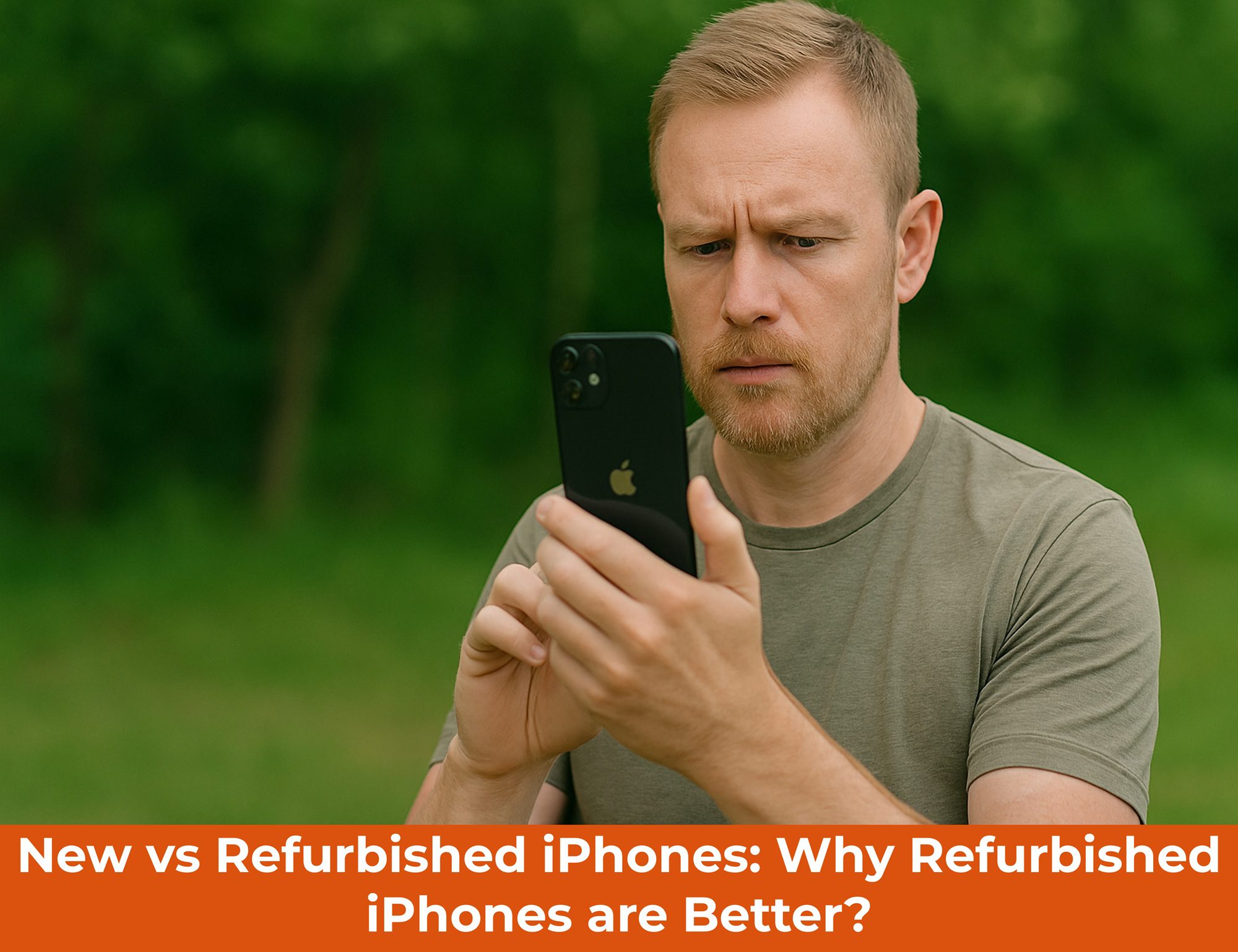
When exploring NFTs, you may come across airdropped tokens that were unrequested. While receiving complimentary digital assets can be thrilling, these unexpected presents can also feel overwhelming to some. If you’re seeking how to get rid of airdropped nfts and regain control over these tokens, you’ve arrived at the perfect destination. Let’s delve into a few straightforward methods for effectively dealing with unwanted NFTs.
Contents
- 1 What are Airdropped NFTs?
- 2 The Controversy Surrounding Airdropped NFTs
- 3 Step 1: Understanding the Airdrop Process
- 4 Step 2: Determining the Value of Airdropped NFTs
- 5 Step 3: Evaluating Your Options for Selling or Keeping Airdropped NFTs
- 6 Step 4: How to Properly Dispose of Unwanted Airdropped NFTs
- 7 Conclusion: Taking Control of Your Digital Assets
What are Airdropped NFTs?
Airdropped NFTs are free digital assets distributed by creators to promote their projects or reward community members. Think of them as surprise gifts appearing in your crypto wallet. These tokens are often part of marketing campaigns designed to engage users and expand the project’s visibility.
The criteria for receiving an airdrop can vary, such as holding certain tokens or making previous purchases. Once you receive an airdropped NFT, it’s yours to keep or trade. However, many people are unsure of their value or purpose within the project, leading to a deeper exploration of the world of digital collectibles.
The Controversy Surrounding Airdropped NFTs
Airdropped NFTs have sparked significant discussion within the crypto community. While they present opportunities for complimentary digital assets and effective promotion of emerging ventures, they also elicit apprehension. Detractors contend that airdrops may be utilized for fraudulent or excessive messaging, resulting in overloaded wallets with negligible tokens.
In addition, concerns of copyright infringement and rightful ownership often arise, as some airdropped NFTs could potentially violate artists’ rights without proper authorization. This raises ethical dilemmas regarding fair compensation for creators. As unrequested airdrops become more prevalent, there is mounting talk about regulating the industry and establishing clarity in digital assets.
Step 1: Understanding the Airdrop Process
Airdrops are a common method used in crypto and NFT to distribute free tokens or NFTs to multiple wallet addresses. Here’s a brief overview of how they work:
- Announcement: Projects typically announce upcoming airdrops through various channels such as social media, forums, or newsletters. These announcements often include details on how to participate and any criteria that need to be met.
- Eligibility: To qualify for an airdrop, participants may need to meet certain conditions, such as holding specific tokens, following the project on social media, or engaging with the project on platforms like Discord. Understanding these requirements is crucial for ensuring you meet the criteria.
- Registration: Eligible users need to register their wallet addresses with the project. This process usually involves providing your wallet address or connecting your wallet to the project’s platform.
- Distribution: Once registration is complete, the project will distribute the NFTs or tokens at a predetermined time. This distribution is typically automated and will appear in your wallet without any further action required.
- Varied Processes: Be aware that the specifics of the airdrop process can vary between projects. Some may have additional steps or requirements, so staying informed about each airdrop’s details is essential.
By understanding these steps, you can better manage any unexpected NFTs that may end up in your wallet and make more informed decisions about your digital assets.
Step 2: Determining the Value of Airdropped NFTs
Evaluating the value of airdropped NFTs requires a nuanced approach since their worth can vary widely. Here’s a guide to help you assess their value:
- Research Comparable NFTs: Start by examining similar NFTs in the marketplace. Platforms like OpenSea or Rarible can provide data on recent sales and current prices, giving you a sense of the market value for similar items.
- Assess the Creator’s Reputation: The reputation of the creator or brand behind the NFT plays a significant role in its value. NFTs from well-known artists or established brands often command higher prices compared to those from lesser-known creators.
- Evaluate Rarity: The rarity of an NFT can greatly impact its value. Limited edition or unique pieces are typically more valuable than mass-produced ones. Check the number of copies available and any distinguishing features that make your NFT rare.
- Consider Community Sentiment: The value of an NFT can be influenced by community sentiment and discussions. Active conversations and positive buzz on social media or forums can enhance the perceived value of the NFT.
By taking these factors into account, you can better gauge the value of your airdropped NFTs and make informed decisions about how to handle them.
Step 3: Evaluating Your Options for Selling or Keeping Airdropped NFTs
When deciding whether to sell or keep airdropped NFTs, consider the following steps:
- Assess Your Interest: Reflect on whether you have any personal interest in the NFT’s artwork or utility. If it resonates with you or adds value to your collection, you might prefer to keep it.
- Research Market Trends: Investigate the current market trends by checking platforms like OpenSea or Rarible. Compare similar NFTs to see their selling prices and market demand. This can help you determine if holding onto the NFT could be more beneficial financially in the future.
- Align with Financial Goals: Consider your financial objectives. If you need quick cash or are looking to capitalize on a potentially profitable sale, selling might be the right choice. Conversely, if you’re interested in expanding or diversifying your collection, keeping certain NFTs could enhance your enjoyment and long-term value.
- Account for Transaction Fees: When selling, be aware of the transaction fees associated with various platforms. These fees can reduce your profit margins, so choose platforms that offer favorable terms to maximize your earnings.
Balancing your emotional attachment to the NFT with practical financial considerations will guide you in making an informed decision.
Step 4: How to Properly Dispose of Unwanted Airdropped NFTs
Disposing of unwanted airdropped NFTs involves several thoughtful steps:
- Transfer to a Dedicated Wallet: Move the NFTs to a separate wallet specifically for unwanted tokens. This keeps your main wallet organized and secure while retaining ownership of these assets.
- Sell or Trade: If keeping them isn’t desirable, consider selling or trading the NFTs. Use platforms where you can list them at lower prices or swap them for items of higher value. This can help you offload unwanted NFTs while potentially gaining something useful.
- Burn the NFT: For a more permanent solution, you can burn the NFT by sending it to a non-recoverable address through smart contracts. This removes it from circulation but be aware that this action is irreversible and might impact your digital footprint.
- Engage with the Community: Explore options such as donating or gifting the NFTs to artists or collectors who might value them. Engaging with community forums or groups can connect you with individuals who might appreciate the NFTs more than you do.
Each method has its implications, so choose the approach that best fits your goals and preferences for managing your digital assets.
Conclusion: Taking Control of Your Digital Assets
Managing your digital assets is crucial in the ever-evolving NFT landscape. Airdropped NFTs can be exciting yet confusing, but with a clear approach, you can handle them effectively. By following four simple steps to remove unwanted airdropped NFTs, you can make informed decisions about what to keep or discard.
This proactive approach reduces the stress of dealing with unsolicited tokens and ensures your collection aligns with your interests. As the NFT market grows and changes, staying informed and managing your tokens wisely will keep you ahead. Take control now to become a savvy participant in the digital economy.







